Getting the hang of slow motion and understanding what does frame per second means is essential for filmmakers, videographers, or anyone curious about the art and science of film. The technique relies on the concept of capturing footage at a higher frame rate than playback speed, enabling viewers to see intricate details that normally escape the naked eye.



In this guide, we will break down the basics of slow motion so that it’s easy to understand. Starting by defining what slow motion is, slow motion frame rate and its role in film and video. Then we will dive deeper into the subject covering what does frame per second means, slow motion cameras and techniques. Let’s get started!
1. What is Slow Motion?
Definition and History
Slow motion, or “slo-mo,” is a cinematic technique that captures motion at a higher frame rate than playback speed, making the action appear slower than in real life. Movie slow motion a popular way to add drama, detail, or emphasis to a scene, revealing moments that are often too quick to notice.



The technique traces its roots back to the early days of cinema. Austrian physicist August Musger first demonstrated slow-motion film in 1904 using a high-speed camera to capture a subject at a faster rate than normal. This innovation provided filmmakers with a new way to show their subjects in stunning detail, allowing viewers to see every movement with incredible clarity.
Since then, slo motion has evolved alongside film technology. It was widely adopted in the mid-20th century, particularly for sports broadcasts and action movies.



Over the decades, movie slow motion has become a standard tool for filmmakers, used to enhance drama, highlight crucial moments, and add artistic flair to a film.
How It Works
The magic of slow motion comes from changing the speed at which the camera captures footage. Normally, films run at 24 frames per second (FPS), giving us natural-looking motion. However in slow motion, the camera records many more frames per second, like 60, 120, or even 1,000 FPS.



When this high-speed footage is played back at a standard frame rate (24 FPS), the action slows down, revealing more detail. For example, if a scene is shot at 120 FPS and played back at 24 FPS, the action will appear five times slower than in reality.
This concept hinges on the relationship between the capture and playback speeds. The higher the capture rate, the slower the action will appear when played back. For instance, extreme slow motion, known as “super slow motion,” can be achieved by using specialized high-speed cameras that capture thousands of frames per second, revealing movements that are invisible to the naked eye.
2. What Does Frame per Second Mean
Frame Per Second (FPS)
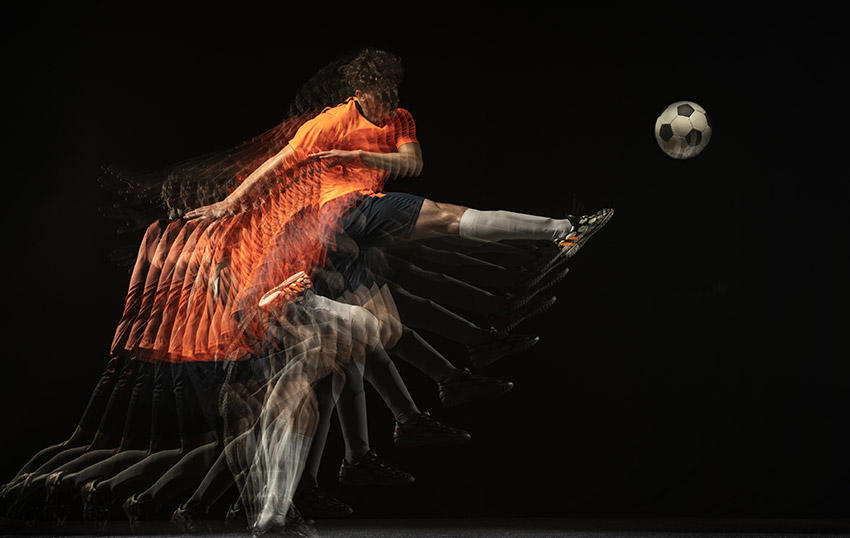
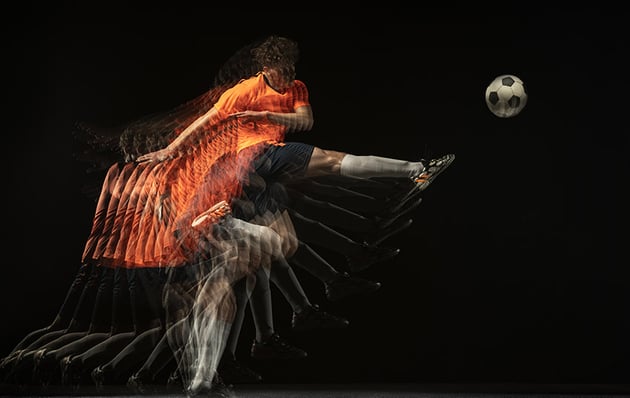

To dive deeper into slo motion we must learn the fps meaning. Frame per second (FPS) refers to the number of individual frames or images that a camera captures per second to create a video. The higher the FPS, the more frames are captured, resulting in smoother and more detailed motion. This concept is crucial in filmmaking and video production because the chosen FPS determines how the motion will appear on screen. A lower FPS, such as 12 or 15, might appear choppy, while 24 FPS is the standard for a cinematic look, offering a natural portrayal of motion.
Common Frame Rates



Several frame rates are widely used in film, television, and online videos:
- 24 FPS: The standard for most feature films, this frame rate offers a smooth, cinematic look.
- 30 FPS: Commonly used in television and online videos, it provides a slightly smoother look than 24 FPS.
- 60 FPS: Popular for action-packed videos and sports broadcasts, this rate offers smoother motion and better detail, especially during fast movements.
- 120 FPS and higher: Used for slow-motion footage, these higher rates allow for detailed and smooth slow-motion playback.
Each frame rate has its distinct look and feel, which is why filmmakers carefully choose based on the desired aesthetic.
Slow Motion and High Frame Rates

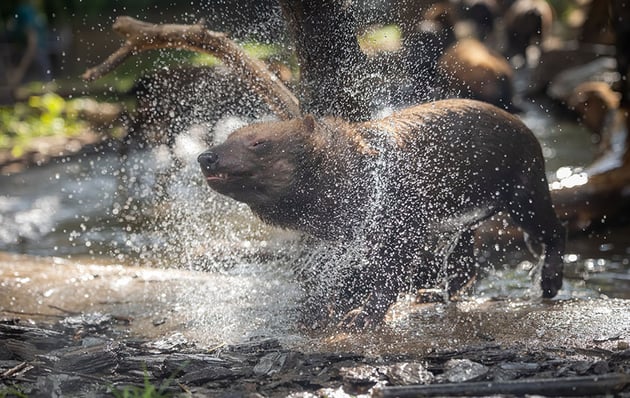
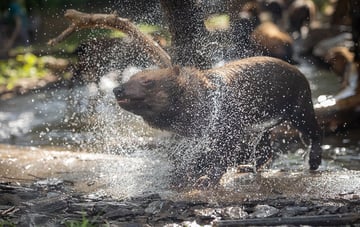
FPS meaning for ’movie slo motion’ relies on high frame rates to capture more frames per second than will be shown in playback. This technique allows filmmakers to slow down action by simply reducing the playback speed. For instance, a video recorded at 120 FPS will play back at one-fifth the speed when displayed at the standard 24 FPS, creating a slow-motion effect.
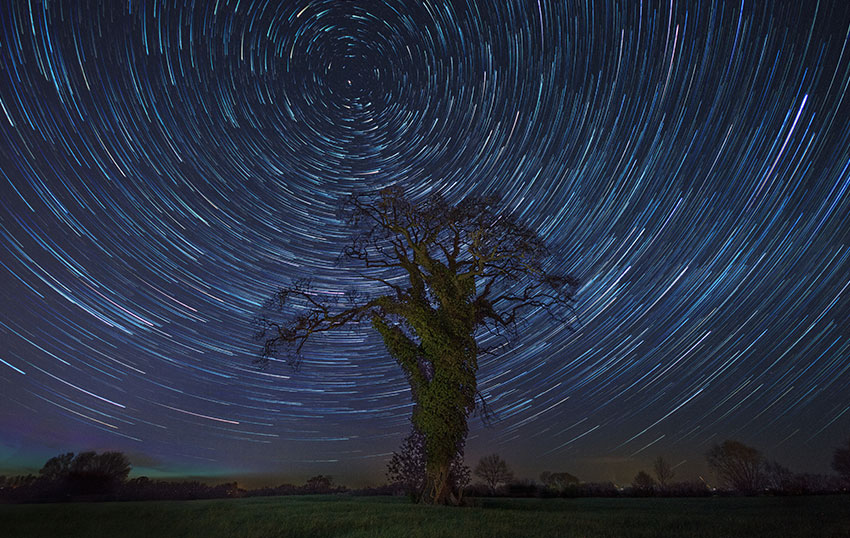
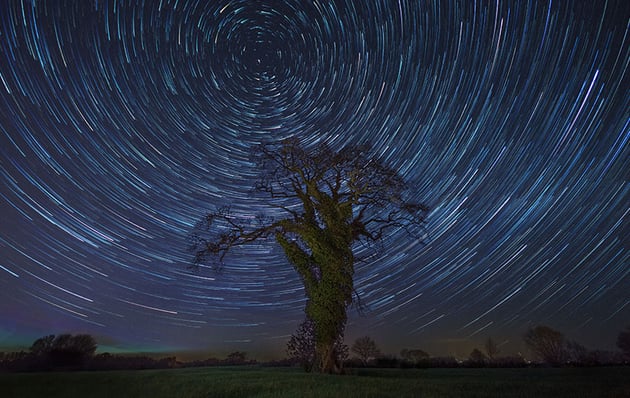
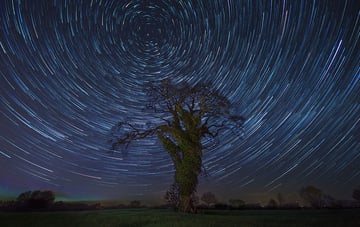
In contrast, the fps meaning for time-lapse is the opposite, capturing fewer frames over a long period and playing them back at normal speed to make time appear to speed up. While slow motion focuses on revealing intricate details by slowing things down, time-lapse compresses hours or days into seconds, creating a visually striking effect by speeding up slow-moving actions.
Understanding the fps meaning is key to mastering both slow-motion and time-lapse effects, allowing creators to add distinct visual effects to their videos.
3. Applications of Slow Motion
Now that we understand the fps meaning and how it affects slow mo on camera, let’s take a look at some examples of how this technique can be used such as movie slow motion.
In Film



In the world of film, slow motion on camera serves as a powerful storytelling tool. It’s often used in dramatic scenes to heighten the emotional impact, making viewers feel the weight of a moment. For instance, in Quentin Tarantino’s “Kill Bill,” slow motion is used during crucial fight scenes, emphasizing the intensity and precision of the movements. By slowing down the action, filmmakers guide the audience’s focus to key details, enhancing the scene’s tension.
- Action Sequences: In action sequences, slow mo on camera is essential for showcasing explosive stunts, intense battles, and dynamic movement. In Michael Bay’s “Transformers” movies, it’s used to slow down robot battles, emphasizing their transformations and fights. This makes every punch, explosion, and transformation more detailed and intense, pulling the audience right into the action.
- Establish Shots: In establishing shots, slow mo on camera can create a mood or set the scene. It often emphasizes the beauty or intensity of a location, letting viewers soak in the atmosphere. For example, in “Inception,” Christopher Nolan uses slow motion to showcase the dream world, emphasizing the surreal and otherworldly nature of the environment.
In Sports
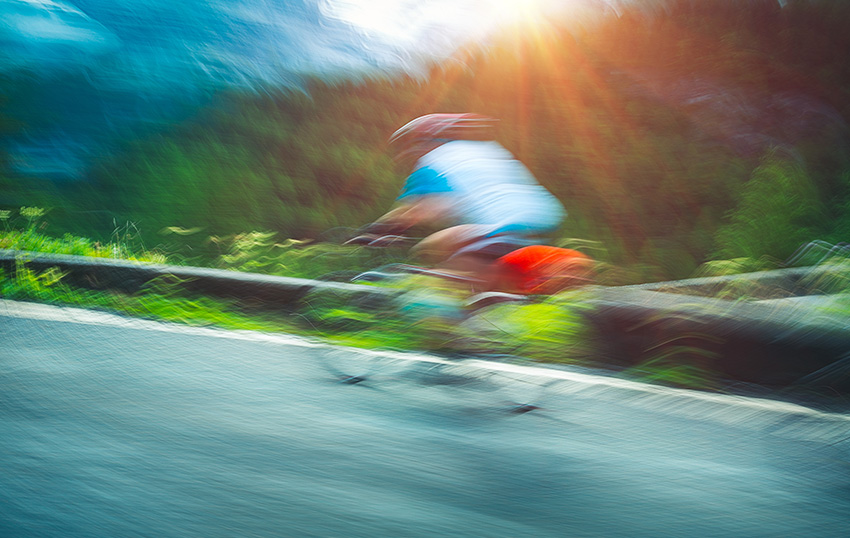


Slo motion is a valuable tool in sports, providing deep insights into athletes’ performances and enhancing the viewer experience. By slowing down high-speed action, it allows coaches, analysts, and fans to see crucial details that are too quick to notice in real time. Here are a few specific applications of slow motion in sports
- Performance Analysis: Coaches and analysts use slow mo to break down complex athletic movements. This helps in studying techniques, such as a gymnast’s flips or a tennis player’s serve, revealing areas where athletes can improve their biomechanics and performance.
- Critical Moment Replays: Broadcasters rely on slow motion frame rate to replay pivotal moments during games. This helps officials and fans see critical events like soccer goals, touchdowns in American football, and close calls in cricket more clearly, often affecting the outcome of a game.
In Science
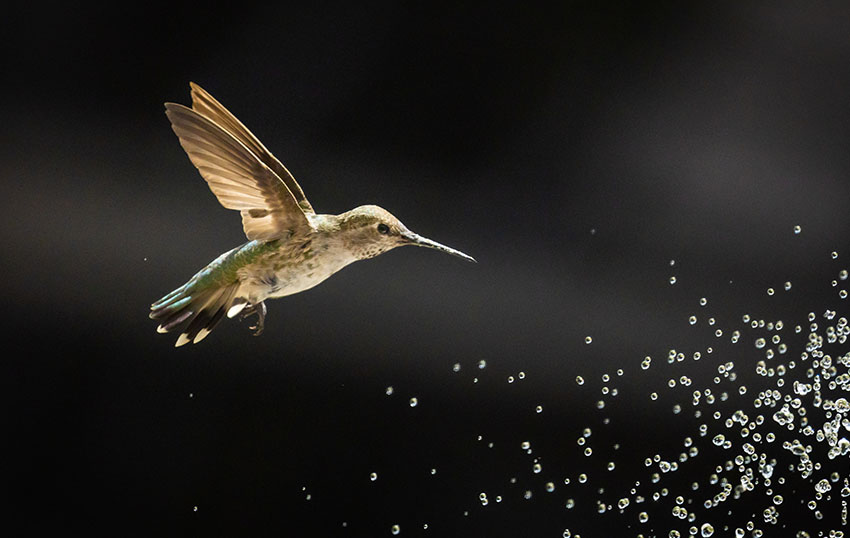


Movie slow motion is an indispensable tool in science, allowing researchers to study phenomena that are too quick for the naked eye to capture. By slow mo on camera to capture high-speed actions, scientists can gain detailed insights into complex processes across various scientific fields.
- Biology: High-speed slow motion cameras are used to capture the flight of hummingbirds, allowing researchers to study their wing movement patterns and understand the mechanics of their flight. This insight helps in the study of animal physiology and biomechanics, revealing how certain animals have adapted for specific movements.
- Physics: Slow motion cameras are used to demonstrate principles such as impact dynamics. Researchers film high-speed impacts, like a ball striking a surface, to analyze how energy is transferred. This helps scientists understand material properties, which is particularly useful in fields like materials science and engineering.
- Fluid Dynamics: Slo motion is crucial for visualizing the movement of liquids and gases, providing insights into their behaviour in various environments. By studying these videos, scientists can develop more efficient systems for industries ranging from aviation to healthcare.
- Nature Documentaries: Slow motion frame rate is frequently used in nature documentaries to capture the intricate details of animal behaviour and natural phenomena. From a cheetah sprinting at full speed to the elaborate dance of a peacock, this technique allows viewers to witness the beauty and complexity of wildlife in unprecedented detail.
4. Understanding Slow Motion Cameras

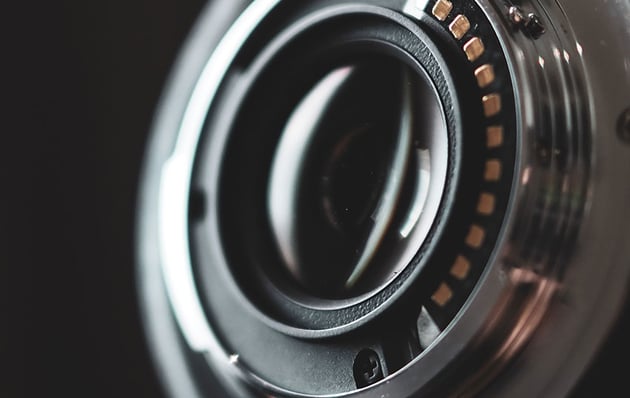
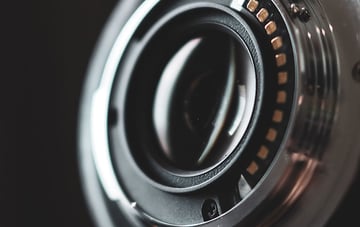
Slow motion cameras are specialized devices designed to capture video at significantly higher frame rates than standard cameras. This allows them to record more frames per second, a key factor in creating the mesmerizing slow motion effect.
Choosing a Slow Motion Camera
When selecting a slow motion camera, consider factors such as the maximum frame rate, resolution, light sensitivity, and your specific needs, whether for professional filmmaking, sports coaching, or scientific analysis. Here are some key points to consider:
-
Frame Rate: Determine the maximum slow motion frame rate you need. Higher frame rates are necessary for capturing extremely fast actions, like sports or wildlife movements. Look for cameras that offer at least 120 FPS for basic slow motion, but consider cameras that can go up to 1000 FPS or more for professional or scientific use.
-
Resolution: Check the resolution the camera maintains at high frame rates. While some cameras can shoot at high frame rates, they might lower their resolution to do so. Ensure the resolution meets your quality requirements for the final output.
-
Light Sensitivity: High slow motion frame rates require good lighting, as the camera’s shutter is open for a very short duration. Look for cameras with good low-light performance or plan to use additional lighting in your shoots.
-
Storage Capacity: High-frame-rate filming generates large amounts of data. Ensure the camera has sufficient internal storage or supports high-capacity memory cards.
-
Battery Life: Shooting slow mo on camera can drain battery quickly. Consider the battery life of the camera and the availability of external power solutions for longer shoots.
-
Portability: If you need to shoot in various locations, consider the size and weight of the camera. More portable cameras offer greater flexibility but might compromise on other features.
5. Challenges and Limitations
While movie slow motion is a powerful tool in visual storytelling, sports analysis, and scientific research, it comes with several challenges and limitations that creators and professionals should be aware of.
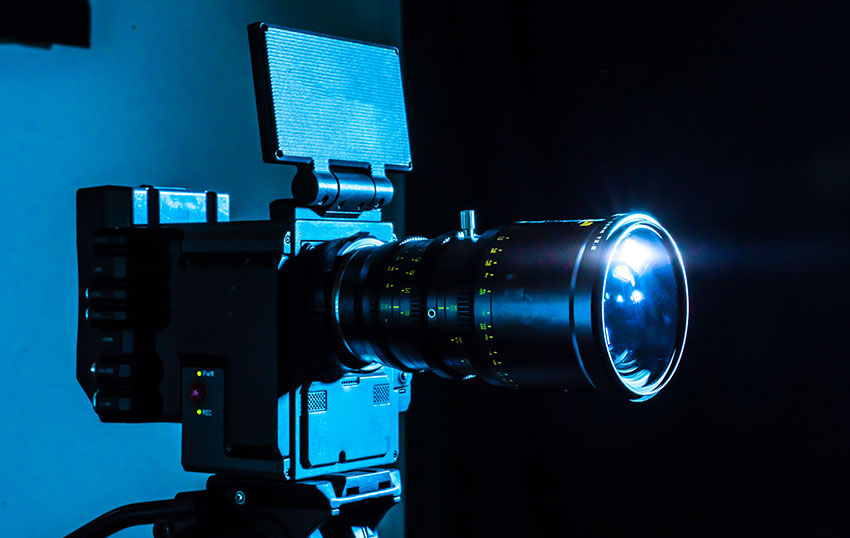
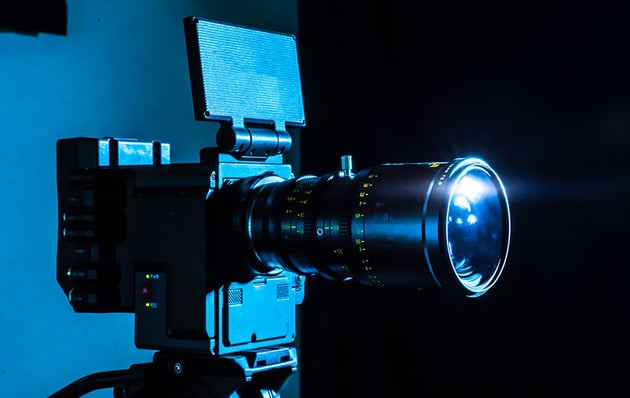
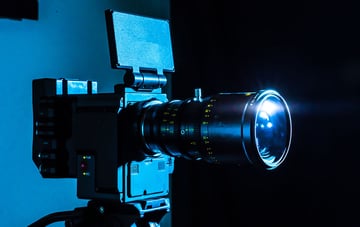
Storage and Processing Power
High-frame-rate videos capture a lot of data, creating large file sizes. For example, a video shot at 120 FPS will have five times more frames than a standard 24 FPS video, leading to much bigger files. This requires more storage space and can overwhelm regular hard drives and memory cards. Additionally, editing these videos requires powerful computers to avoid slowdowns, which means investing in robust hardware.
Cost
High-speed cameras, crucial for slow-motion footage, can be quite expensive. These cameras often exceed 1,000 FPS, requiring special lenses, storage devices, and lighting equipment, which can significantly add to the cost. Specialized editing software might also be necessary, further increasing expenses.
Practical Limitations
Slow motion isn’t suitable for every type of scene. Overusing it can reduce its impact and slow down the pacing of your video. It’s best used for moments that need emphasis, like action scenes or emotional events. Additionally, high-frame-rate shooting needs a lot of light, making it challenging in low-light conditions. Proper lighting is essential for high-quality slow-motion footage.
6. Future Trends in Slow Motion
The future of slow motion is exciting! With emerging technologies like artificial intelligence (AI) set to transform how it’s used in video production and analysis.



Emerging Technology
AI is making slow-motion video editing easier and more accessible. With frame interpolation, AI can add frames to videos, making slow-motion effects smooth without requiring high-speed cameras. AI can also improve video quality, boosting resolution and reducing noise, which helps enhance high-frame-rate footage.
Innovative Applications
As slow motion becomes more accessible, it’s expanding into new areas beyond film, sports, and science:
- Virtual Reality (VR) and Augmented Reality (AR): Slow motion can enhance VR and AR experiences, adding realism and helping users explore virtual environments in detail.
- Education and Training: Slow motion helps students understand rapid processes like chemical reactions or physical movements, making complex concepts easier to grasp.
- Healthcare: Slow motion helps doctors and therapists analyze a patient’s movements to diagnose and treat issues related to body mechanics.
- Manufacturing and Robotics: In manufacturing, slow motion reveals inefficiencies in production lines, while in robotics, it helps developers fine-tune robot movements for precision.
As slow-motion technology advances, its use will continue to grow, making it a key tool in various industries and everyday life.
7. Wrapping Up In Slow Motion
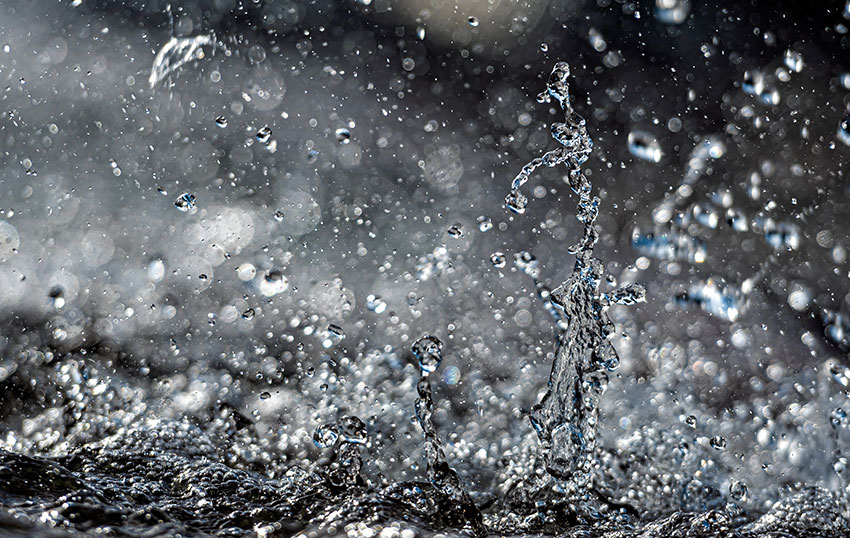
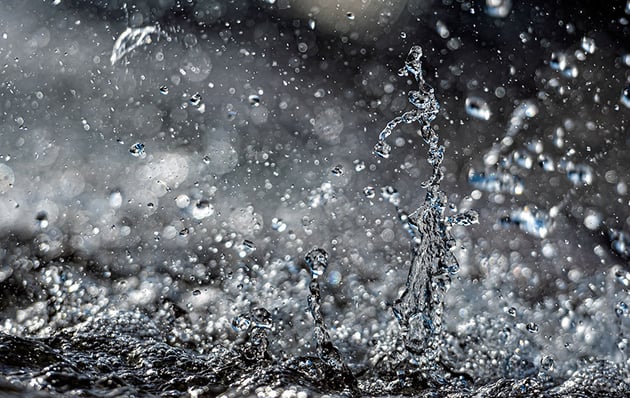

Slow motion is a remarkable technique that slows down time to highlight details that often go unnoticed. By understand what does frame per second means in a slow motion camera, this technique isn’t just a cool visual effect; it’s a powerful storytelling tool that brings out the beauty and emotion in any scene. From making movie scenes more dramatic to helping athletes improve their performance, it transforms the way we see the world.
I hope this article has taught you something new and inspired you to explore the fascinating world of slow motion even further. By slowing things down, slow motion reveals the magic in everyday moments and adds depth to stories in ways that resonate with everyone. So, grab your camera and let slow motion transform the everyday into something truly spectacular!